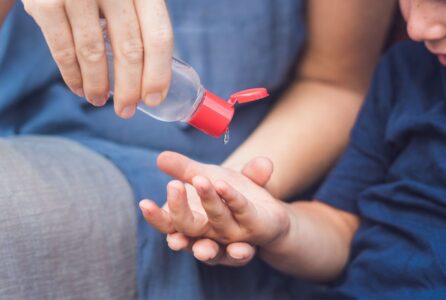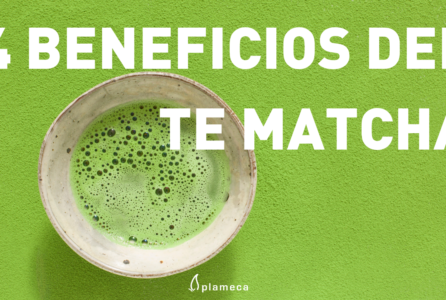From Plameca we want to take advantage of the World Environment Day to inform you of the actions we have implemented this 2015, aimed at improving our environment.
The first action is the evaluation of the environmental aspects emissions associated with our activity. This involves measuring all consumption and emissions (water, electricity, waste, etc.). This will give us a reliable picture of the state of affairs. This will be the starting point that will enable us to identify where we can improve and implement actions to reduce consumption, as explained by the Director of Quality at PlamecaAna Belén Mira. From this point on, all the indicators must continue to be analyzed to verify that the measures adopted succeed in reducing emissions and consumption. In fact, the evaluation of these indicators is one of the basic parameters for obtaining ISO 14000 certification. environmental management.
In parallel, we have changed the laboratory's microbiology testing system. Each year, we carry out some 6,000 microbiological parameter tests, analyzing both raw materials (including medicinal plants) as well as finished products (the food supplements ready to take). The new system allows to cut the time to know the results: from 5 to 2 days. Indirectly, this improvement also implies a environmental benefitThe plates now used in the tests are much smaller in size and, in addition, are no longer made of plastic but of paper. As a result, waste is greatly reduced and recycling is much easier.
It should also be noted that Plameca has always made its contribution to Ecoembesto ensure that this organization continues to work on behalf of the environment through the recycling of packaging.
And it only remains to add that the commitment to the first organic products from Plameca -the Polynesian noni Polynoni Bio and the aloe vera juice Aloe Verum Bio- are also a part of our environmental commitment.

[resum] [resumThe plates used since 2015 in microbiology assays are much smaller in size. They are now made of paper instead of plastic. Consequently there is a great reduction in waste and recycling is much easier. [/resume]





